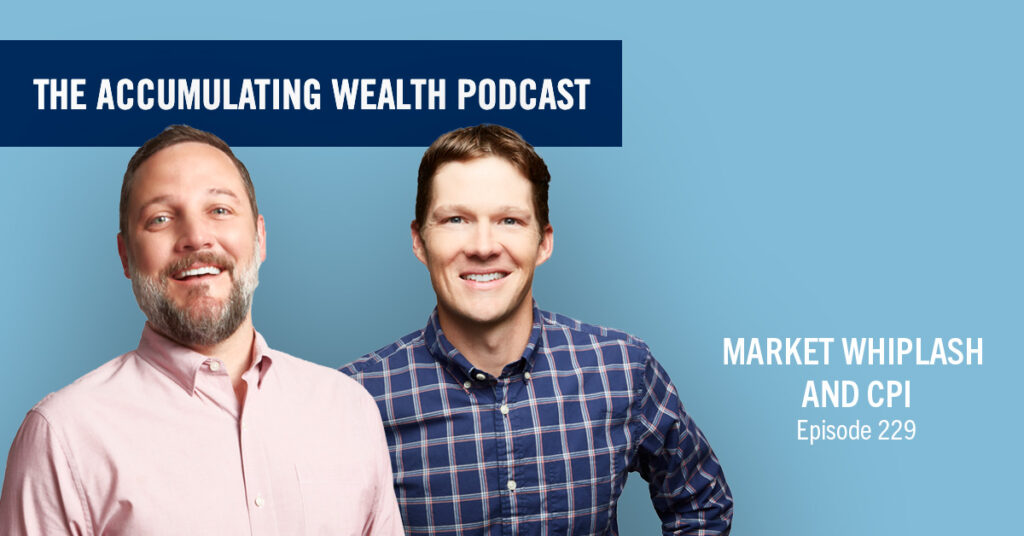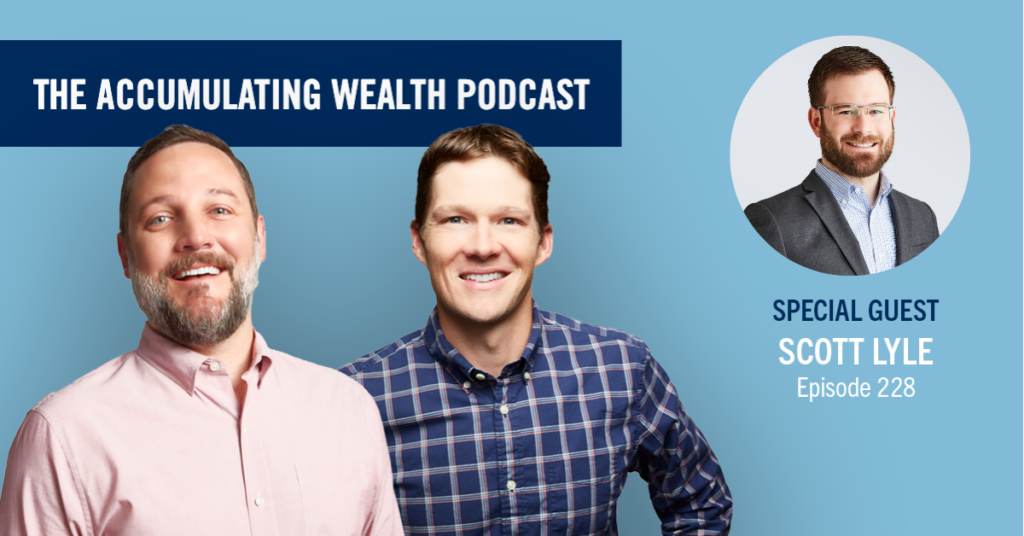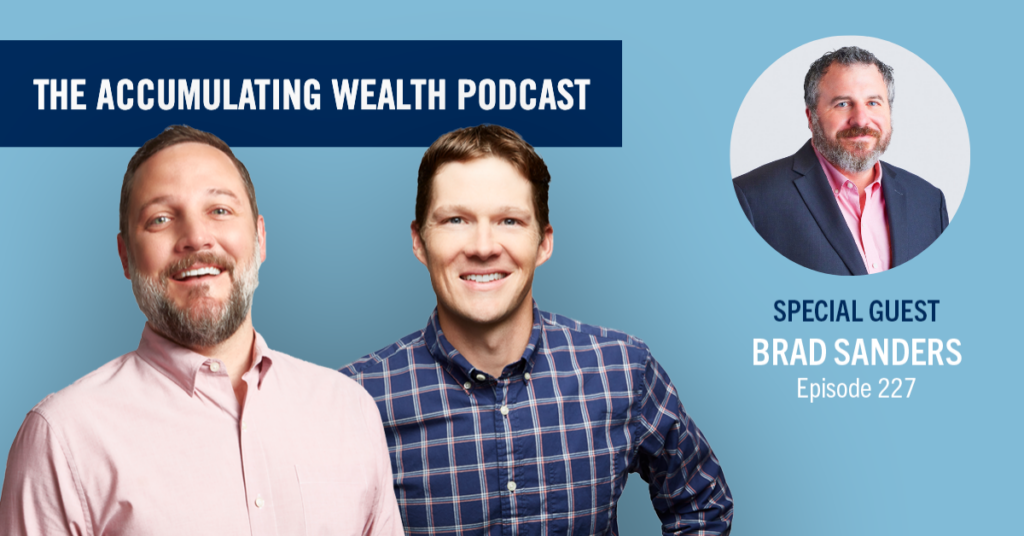This is part one of three in a series of articles about preparing for a potential recession. Over the coming weeks on our blog, CWA will deep dive into strategies for protecting your portfolio, business and personal finances.
Talk of a possible recession has trickled into media coverage and many are asking: will there be a recession? How will we know if it’s coming or if it’s here already?
The definition of a recession is clear: it’s consecutive quarters of negative gross domestic product. Most economists and financial professionals look for the country’s economy to shrink for at least two quarters. Currently, we still have a growing economy with the recent measurement of GDP positive at 2.1%. However, recessions can also be hard to predict because forecasting national business cycles is difficult.
Recently, one indicator that’s concerning many economists is the inverted yield curve. Because it is a measurement of interest rates, normally it is an upward sloping curve. It becomes inverted when long-term interest rates fall below short-term ones. Historically, inversions of the yield curve have preceded many of the U.S. recessions, with economic recession occurring on average 14 months after it occurs.
According to Brian Bortz, CPA and Partner at CWA, an inverted yield curve is rare: “It’s happened only nine times since 1966 and we’ve had seven recessions since then. When it does happen, it’s odd. Someone is willing to pay you more to hold money for three months versus 10 years. It’s usually a precursor to there being a problem with the economy. It is a predictor but it’s not perfect.”
There are other indicators that Brian and other financial planners track to determine if a recession is coming:
- When corporate earning projections are missed on a broad scale. Brian notes that while nothing is a perfect sign, when earnings are missed across multiple sectors it is considered a strong indicator.
- Global economic stress. Right now, with Brexit in the UK and the ongoing US/China trade war, some have concerns about global economics.
- Declines in manufacturing. Currently, the industry is experiencing disruption due to higher costs of labor and tariffs on materials.
With the Great Recession (2007-2009) fresh in our memories, many have the fear that the next recession may be just as catastrophic.
“Very few recessions in the history of our country repeat like the last one. The 2008 recession was the second worst, bested only by the Great Depression. Statistically speaking, I believe the next one we have will be a standard, run-of-the-mill recession that the US can recover from in little over a year.”
Brian Bortz
It’s hard not to be emotional with all of the buzz in the news about a possible recession; however, there are a few things that can be done to protect your wealth and investments, no matter whether we enter into a recession or not.
What should you do about investments during a recession?
Brian has guided his clients through a recession before and agrees that now is the time to prepare, if you haven’t already. Whether that’s meeting with your financial planner or taking a long look at your finances, it’s worth going through the following checklist to help ensure you are ready to weather a storm:
- Define clear, measurable and achievable investment goals. Rather than focusing on returns, shifting to a goal-based investment philosophy can optimize the probability of meeting your personal and financial goals over a long-term timeline. If you don’t have one, now might be the time to find a planner to help you through the process.
- Assess how much risk you can take. “The trick here is understanding how much downside risk you can take, by understanding what you need to make your long-term investment strategy work. How much loss can you stomach and for how long?” asks Brian.
- Diversify your portfolio. Spread out risk by including a wide range of asset classes. “CWA planners focus more on dividend-paying stocks and value stocks, as opposed to growth stocks. These have historically shown lower volatility in a recession. You don’t get all the ups all of the time, but the portfolio is designed to attempt to protect the downside risk,” explains Brian.
- Build a larger emergency reserve. Have at least 3-6 months in spending cash and if you have a lower tolerance for risk, consider 12 months. Brian notes: “A year’s reserve is a little extreme, but some people are more comfortable with that. Holding too much cash is not always the answer though, as it’s emotionally hard to get out of cash once you are in it, and you may miss out on the upside of economic recovery.”
- Continue to make regular contributions to your investments. “One of the ways you can mitigate how much your portfolio goes down is to add to it when it does go down,” Brian said. “There have been times when the markets recover in just a few days. If you miss out on a couple of days: it can matter. Sometimes, you have more risk being out of the market than being in the market.”
If you have a solid, long-term investment plan in place, you are prepared and now is the time to stick to it and focus on the end goal. For those close to or in retirement, it’s a good time to assess risk and your lifestyle with an advisor to make sure you are on track. If you are an early career dentist in the accumulation phase, a recession can be an opportunity to buy more shares with less money.
Remember: recessions do recover. The average length is 18 months and the average length of a growing economy is 39 months. And, it’s never too early or late to prepare for a potential downturn.
“If you don’t feel prepared, talk to someone. If you don’t have a plan or know what your plan is, there’s a lot of comfort in having someone help you figure it out,” says Brian. “No portfolio is recession proof, but I feel really comfortable with the financial planning we have recommended to our clients .”
Need help creating a solid investment strategy that supports your long-term goals? CWA can help. Our planners have over 30 years of experience helping dental professionals find financial freedom in their personal lives and professional practice.
Past performance is not an indicator of future results. Cain Watters is a Registered Investment Advisor. Cain Watters only conducts business in states where it is properly registered or is excluded from registration requirements. Registration is not an endorsement of the firm by securities regulators and does not mean the adviser has achieved a specific level of skill or ability. Request Form ADV Part 2A for a complete description of Cain Watters investment advisory services. Diversification does not ensure a profit and may not protect against loss in declining markets. No inference should be drawn that managed accounts will be profitable in the future or that the Manager will be able to achieve its objectives. All investments and strategies have the potential for profit or loss. Different types of investments involve higher and lower levels of risk. Historical performance returns for investment indexes and/or categories, usually do not deduct transaction and/or custodial charges or an advisory fee, which would decrease historical performance results. There are no assurances that an investor’s portfolio will match or exceed any specific benchmark. This is not intended to be personalized financial advice and is not a recommendation for any particular security or strategy.














